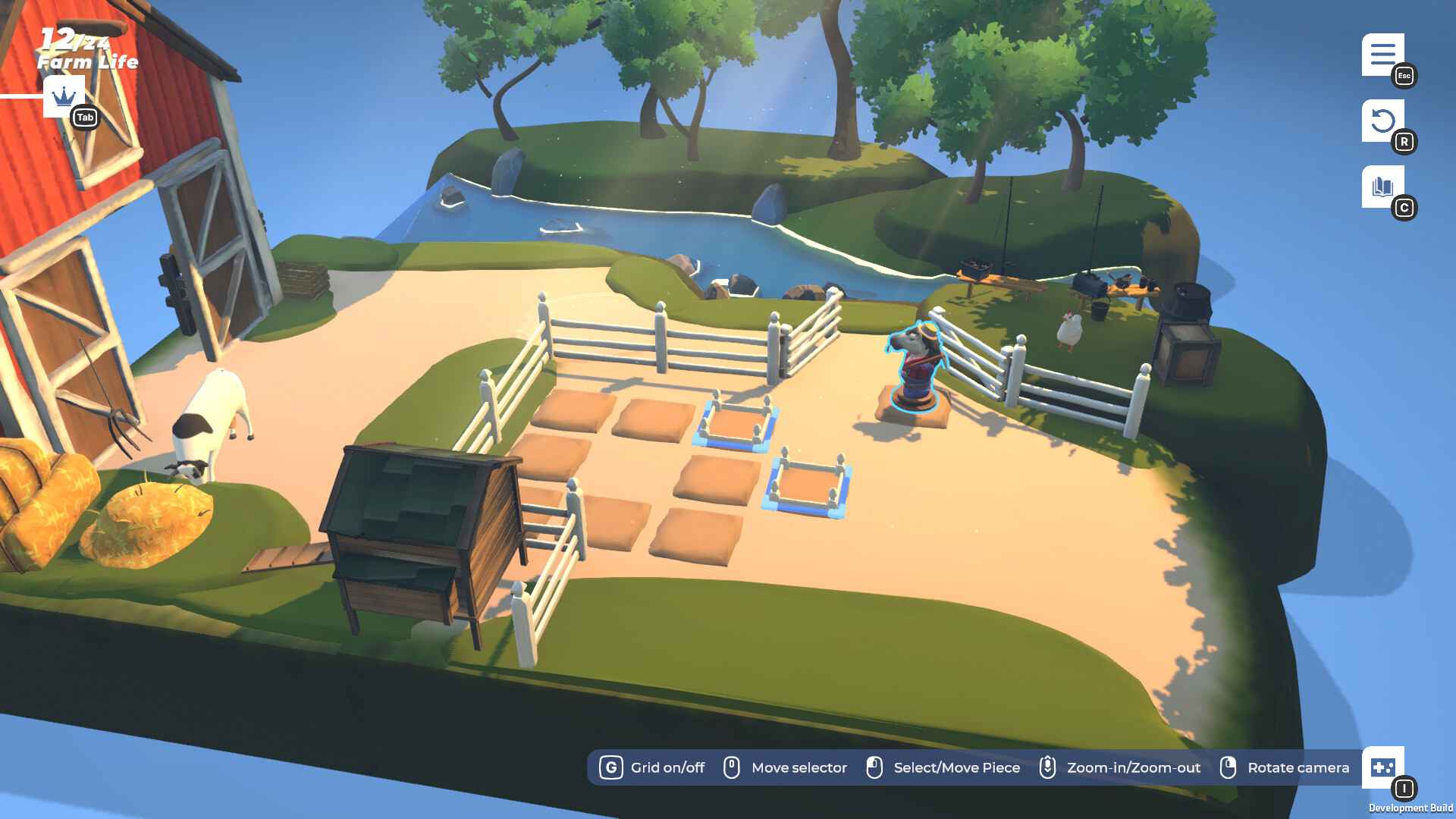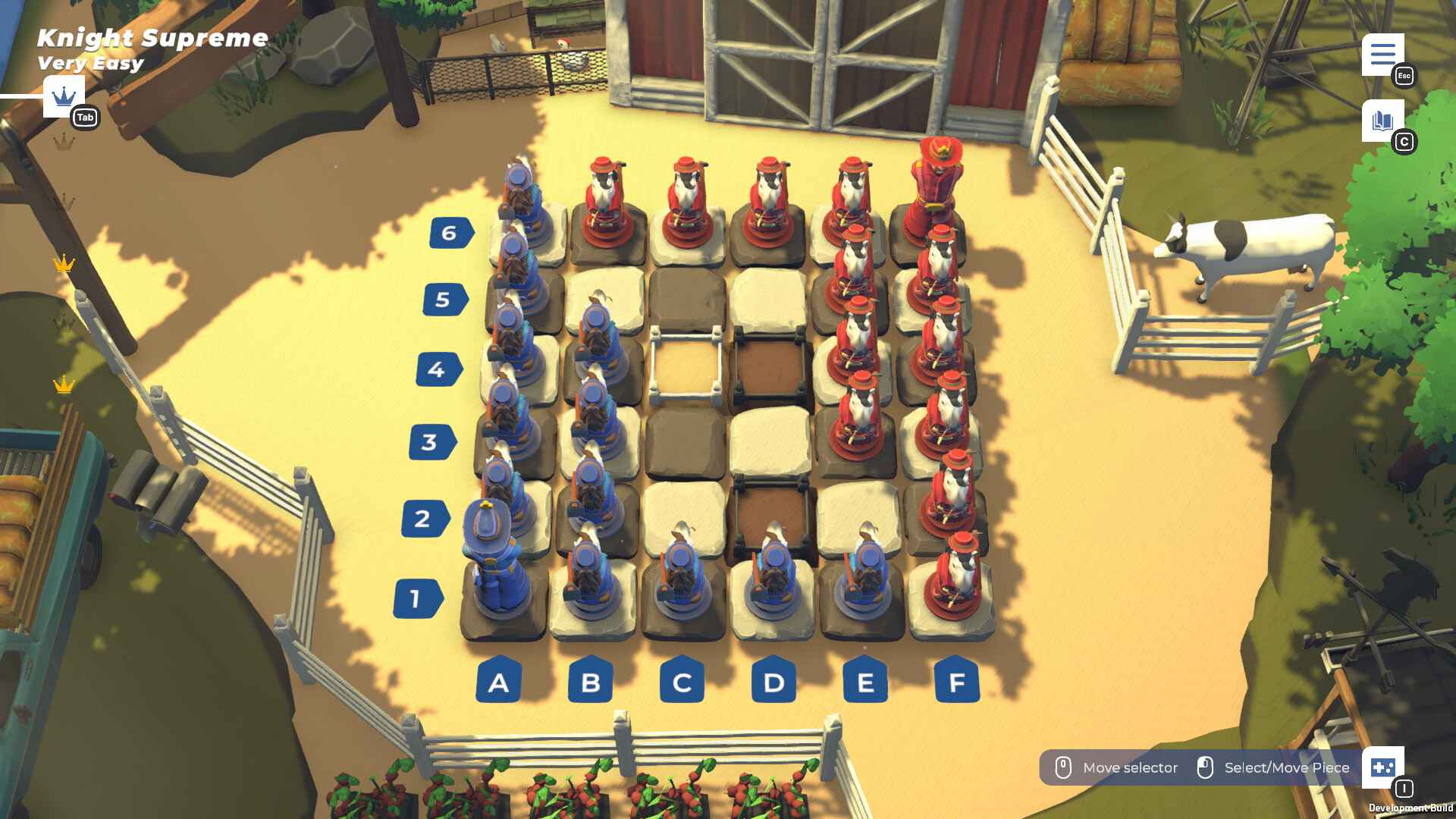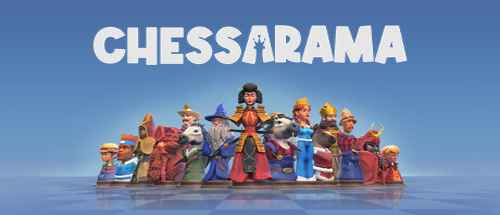Chessarama Review
In addition to being one of the OG strategy games, chess has had an intimate relationship with computers and digital technology for decades. 67 years ago, a computer called MANIAC beat a human player for the first time. In 1997, IBM’s Deep Blue beat grandmaster Garry Kasparov. Ever since, there have been hundreds of chess simulation games and variants, usually based on a fanciful reimagining of the chess pieces. Chessarama takes a different approach to making chess something fresh.
Leaning into Puzzles
One of the ways in which chess stands out from other strategy games is the pieces and their moves. They’re distinct and they have definite “personalities.” It’s no surprise that books and movies have had characters and stories based on chess pieces and their intricate strategic relationships. Real-life warfare, politics, and business are often described in chess terms.

Chessarama is divided into four mini-campaigns, each one focused on a few chess pieces and their basic moves. The campaigns are a series of compact puzzles. For instance, in the opening, farm-based campaign, the Knight moves around a small plot of land, planting crops and trying to fill in a set series of squares. In each succeeding puzzle, the difficulty ramps up. There may be new fences to block the Knight, limited available moves, or having to consider two simultaneous, interconnected plots. The other campaigns focus their puzzles on football, a medieval castle, and feudal Japan. An adept puzzle-solver can breeze through the quartet of campaigns in a few hours.
On one hand, Chessarama is a pretty thorough tutorial into the strategic possibilities of each piece. On the other, it’s a sometimes very challenging puzzle game in its own right. The vertiginous ramp-up of difficulty is sometimes a bit frustrating. Completing each puzzle earns XP, and XP unlocks mini-games based on the four campaigns. You can go back and play any puzzle again. Unfortunately, doing so doesn’t earn additional XP.

Chill Time
With its colorful and detailed little dioramas, Chessarama has the vibe of a chill building game. There are lots of subtle animations going on in each scene, giving each puzzle a bit of life. The music is likewise easy to listen to without being annoyingly repetitive. Audio during gameplay is generally understated. Altogether, the game’s aesthetics are pleasant and unassuming, and not demanding on your hardware. There were a few hiccups in the campaign, with one or two puzzles being thwarted by unresponsive controls.
After completing the four campaigns, the game allows you to play a plain ol’ game of chess versus humans online or AI. After all the loving attention paid to the campaign, the rather bland traditional chess board makes it feel a bit tacked on. Still, it’s a perfectly functional chess simulation.

Master of Moves
If you’re looking for another way to learn chess, Chessarama will definitely give you a unique insight into each piece and its moves. Just like chess itself, the game’s small but challenging puzzles will test your ability to think ahead and plan your strategy. While I might call Chessarama a puzzle game first and a chess simulation second, either way, it’s a refreshing and fun bit of puzzle strategy fun.
***PC code provided by the publisher for review***
The Good
- Pleasant art and aesthetics
- Engaging puzzles and campaign
- Creative approach to chess
The Bad
- Some difficulty spikes
- Standard chess mode is basic

